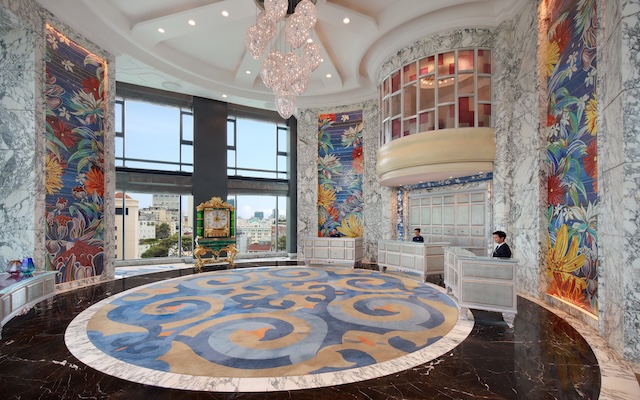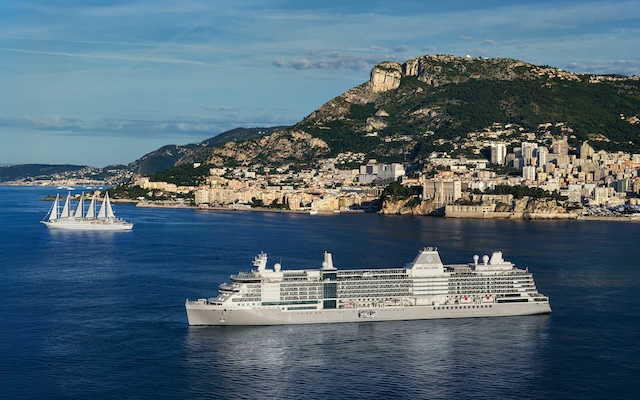Japan’s public and private sectors are expanding efforts to attract more visitors from the Middle East amid the rapid expansion of the region’s outbound market.
Increasing consumer wealth, improved connectivity, government incentives and tech capabilities are fuelling interest in the six Gulf Cooperation Council (GCC) countries – Bahrain, Kuwait, Oman, Qatar, Saudi Arabia and the UAE – to travel overseas, with residents’ spending on trips expected to surge to US$159 million by 2034, according to GCC data.

The Japan National Tourism Organization (JNTO) and private agents, such as JTB Corporation, are therefore working to maximise the growth potential of the Middle East, despite the market amounting to less than four per cent of all inbound arrivals.
Visitors from the region totalled 154,200 between January and August 2025, equating to a 55 per cent increase year-on-year, following various promotional efforts, including JNTO’s first event at Riyadh, Saudi Arabia in December 2024.
Along with Europe, North America and Australia, the Middle East is one of Japan’s priority markets for attracting “high-value-added travellers”, and representatives from the region had a significant presence at JNTO’s Japan Luxury Showcase 2025 in February.
Expo 2025 Osaka, which is running from mid-April to mid-October, is also being utilised to introduce Japan, including its nature, seasonal beauty and shopping opportunities, to GCC countries.
Meanwhile, JTB plans to open a branch in Dubai in January 2026. It will offer incentive travel programmes, corporate ceremonies, meetings and other events services to meet the “robust demand for diverse corporate activities”, said JTB, adding that “the region hosts a substantial population of high-net-worth travellers with strong interest in Japan, representing significant potential for future inbound tourism growth”.



















